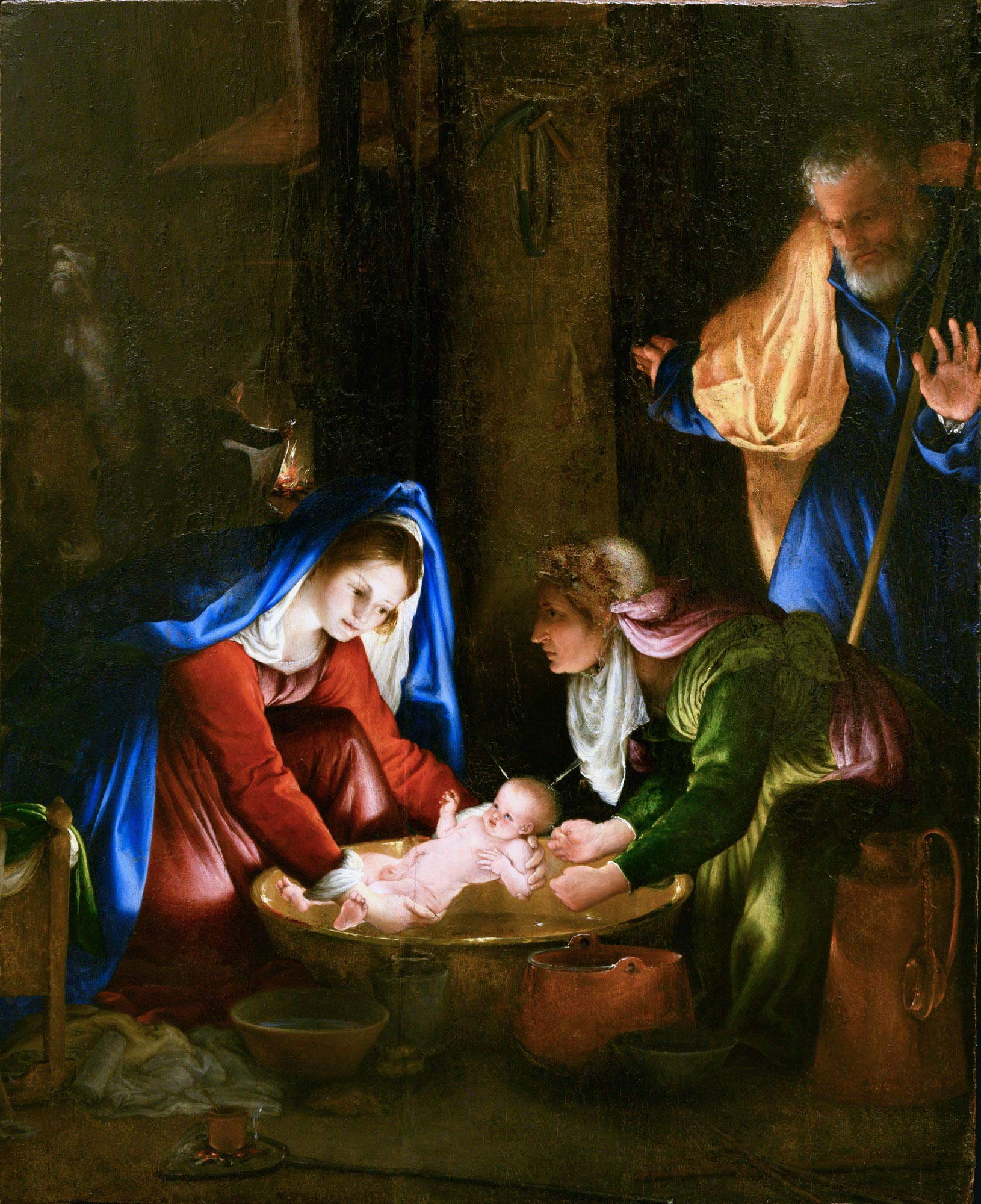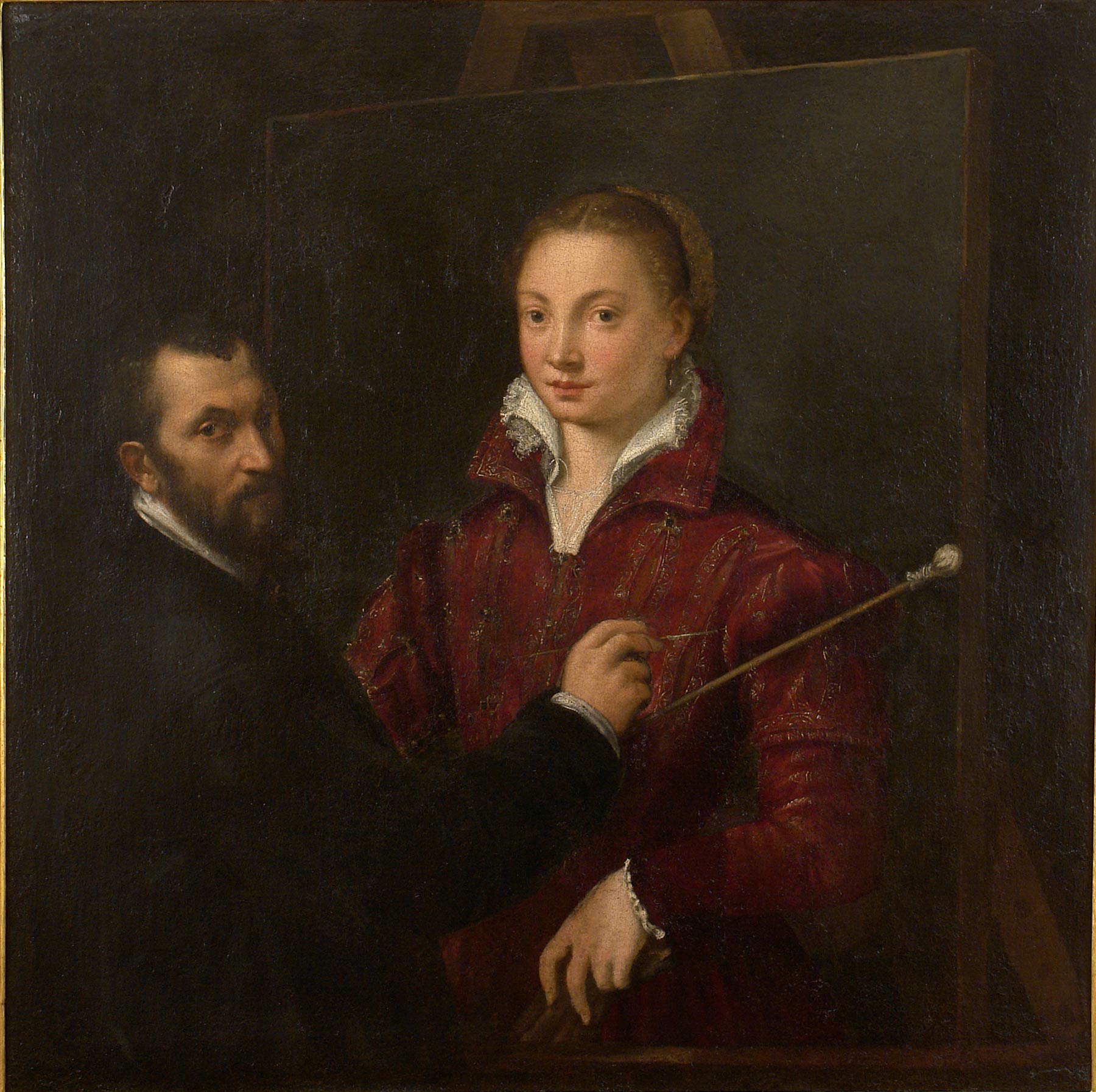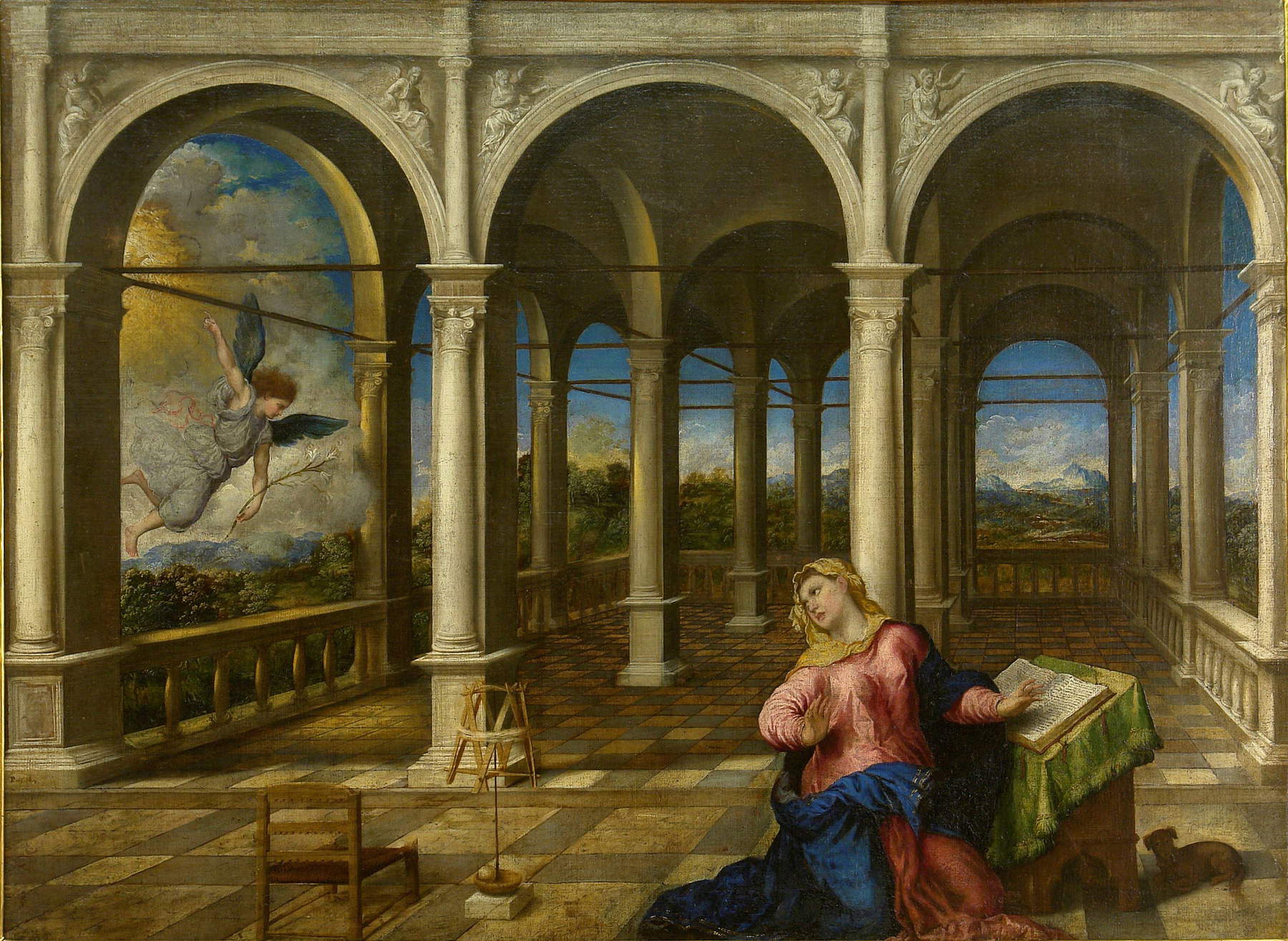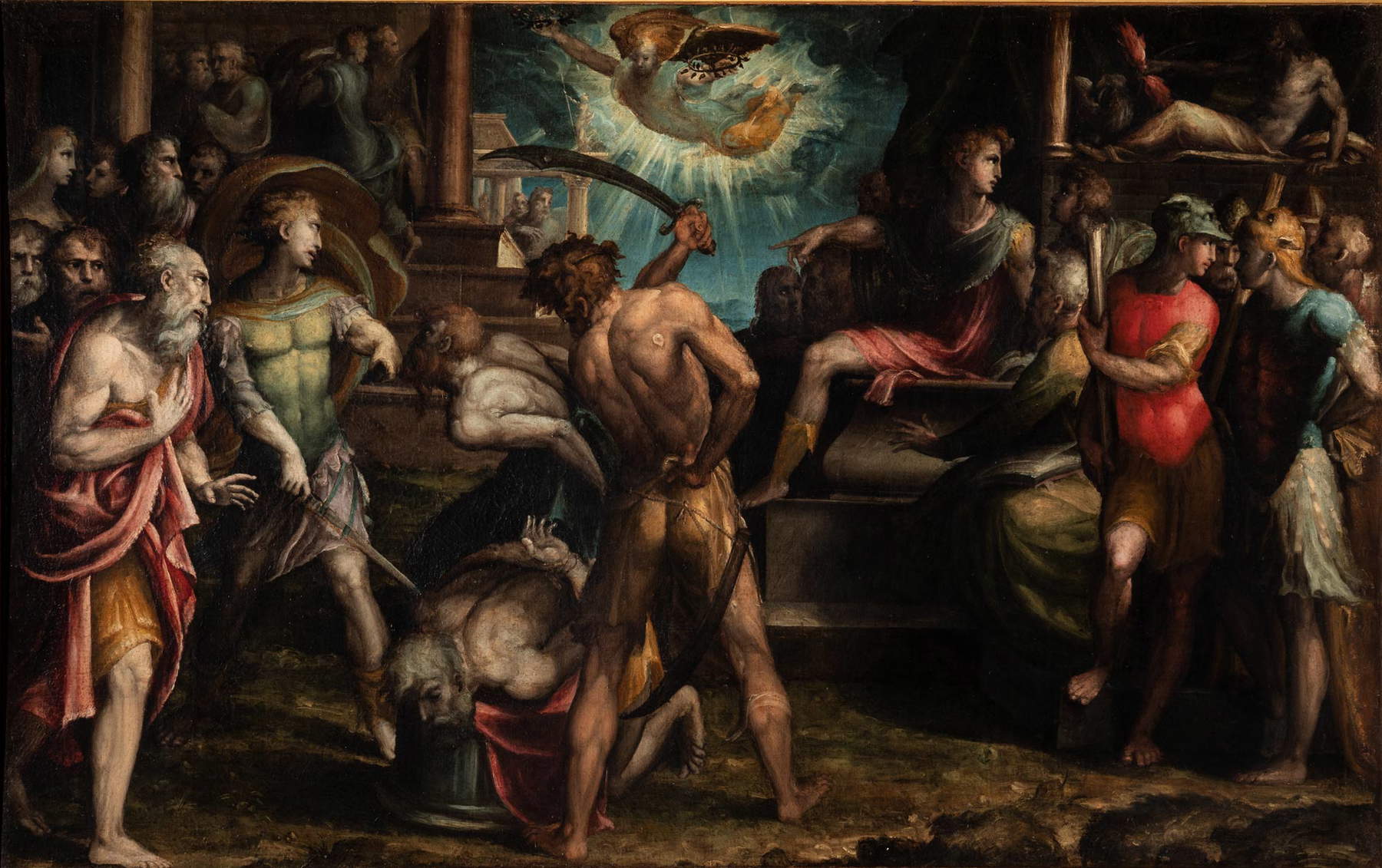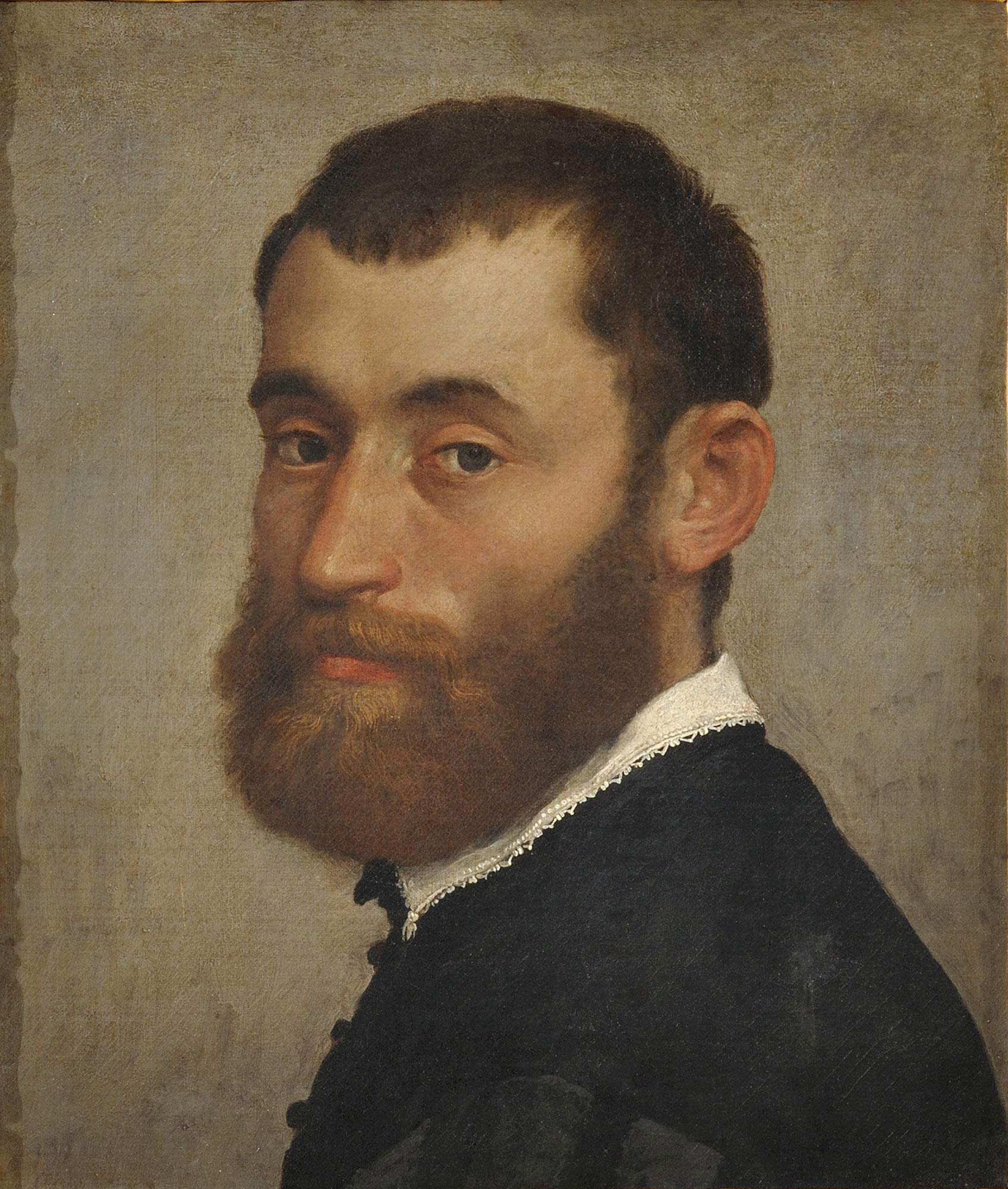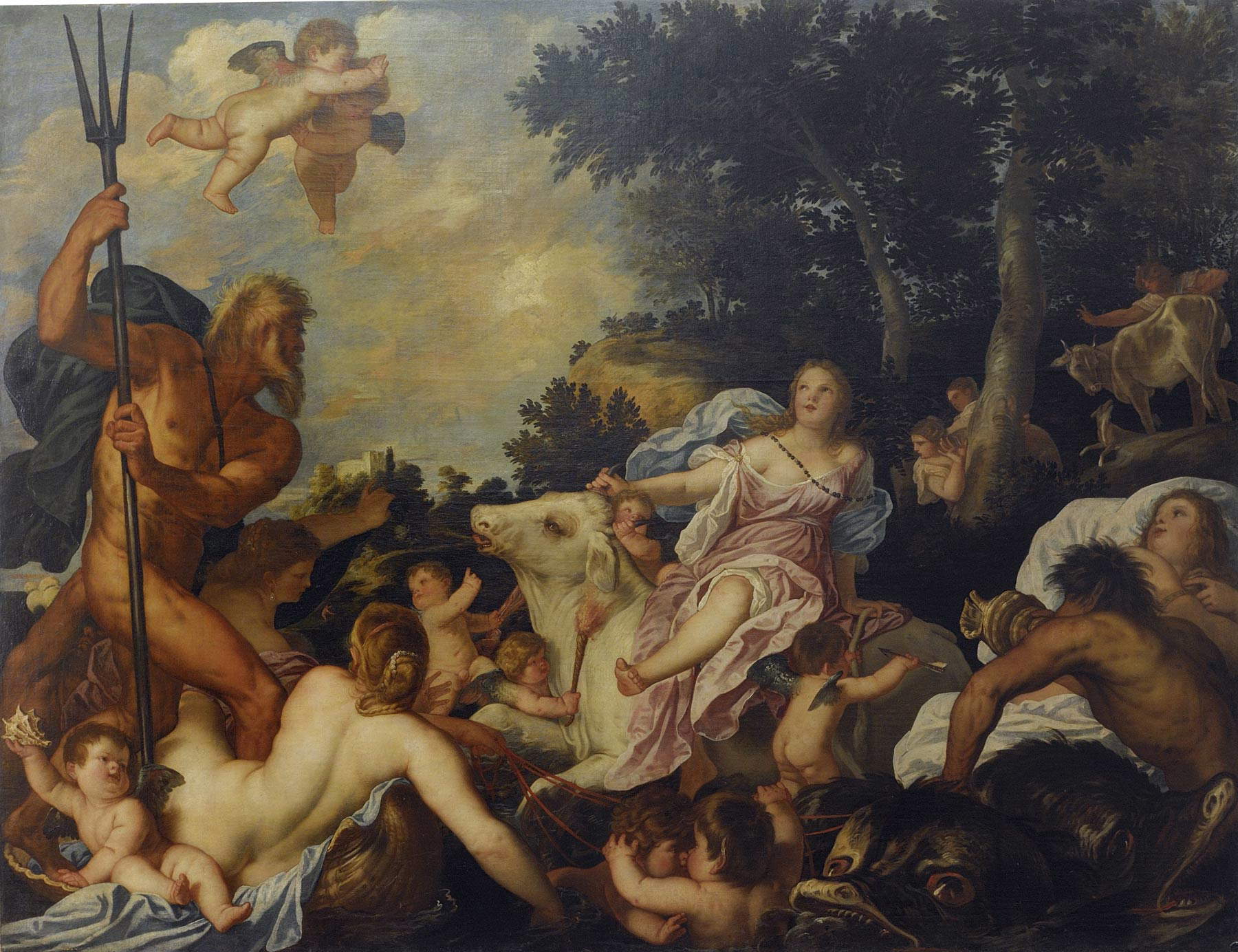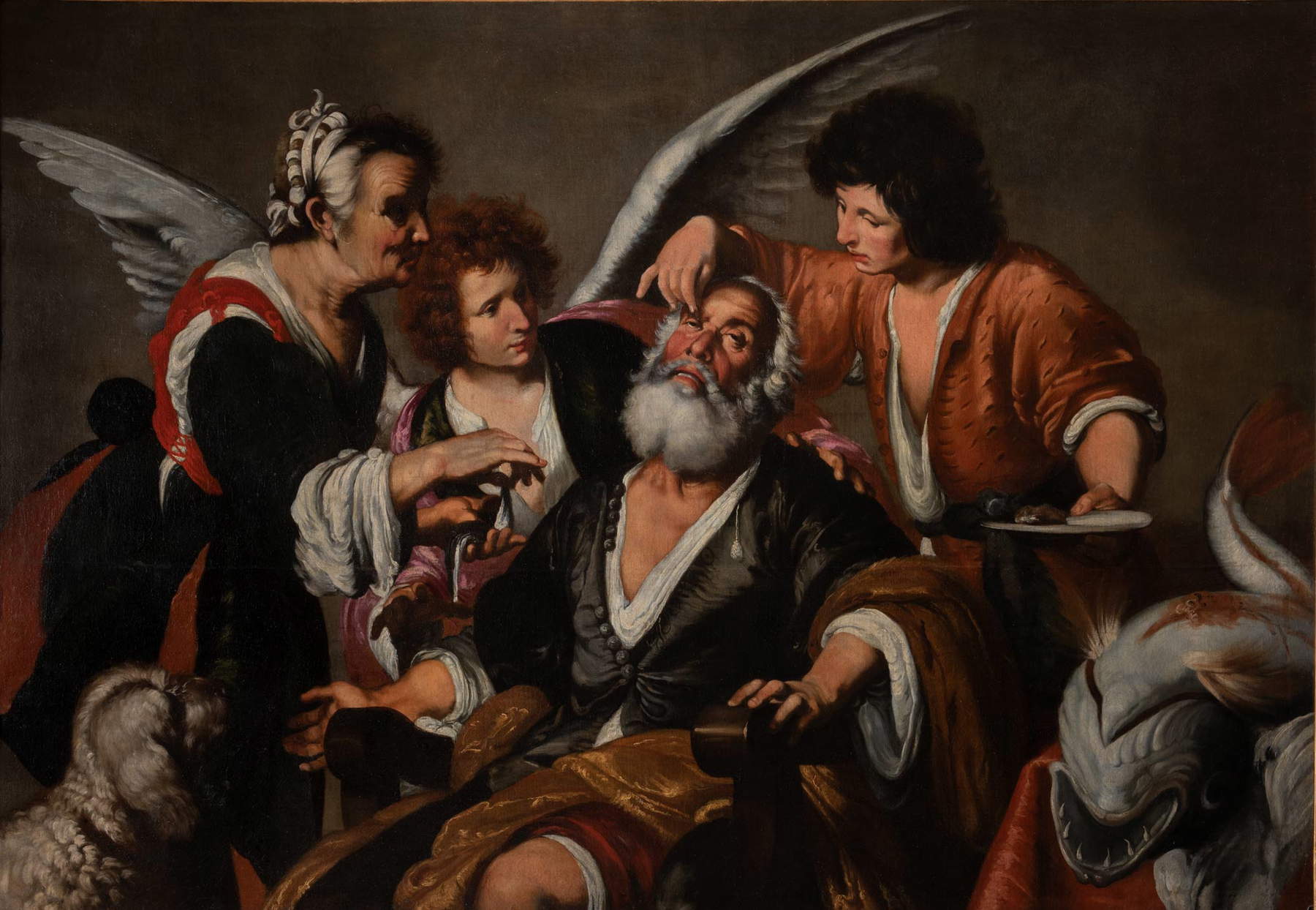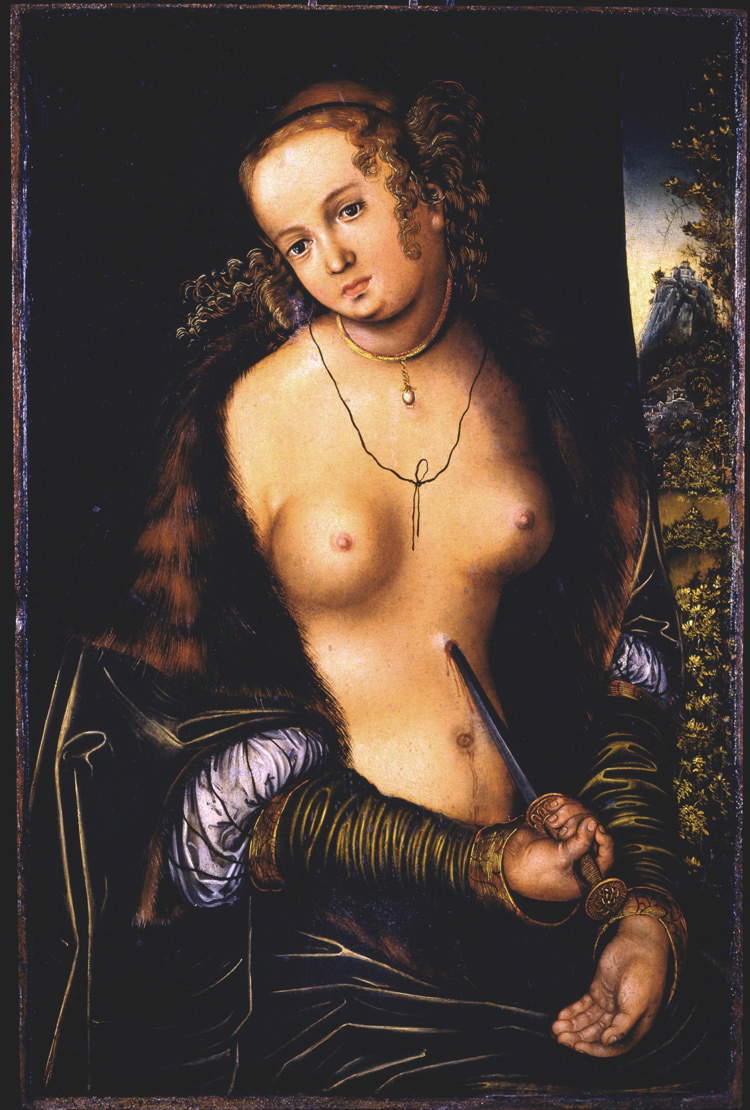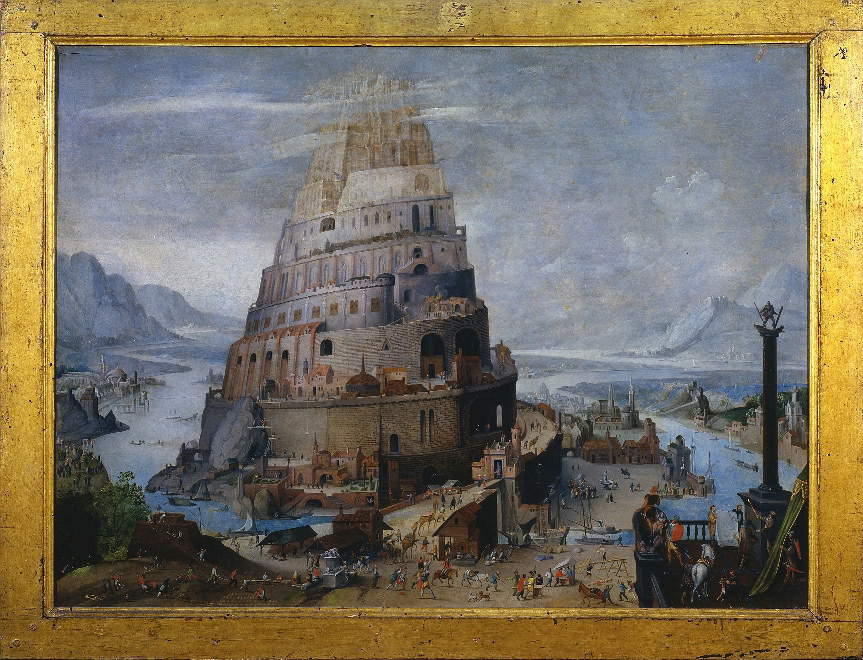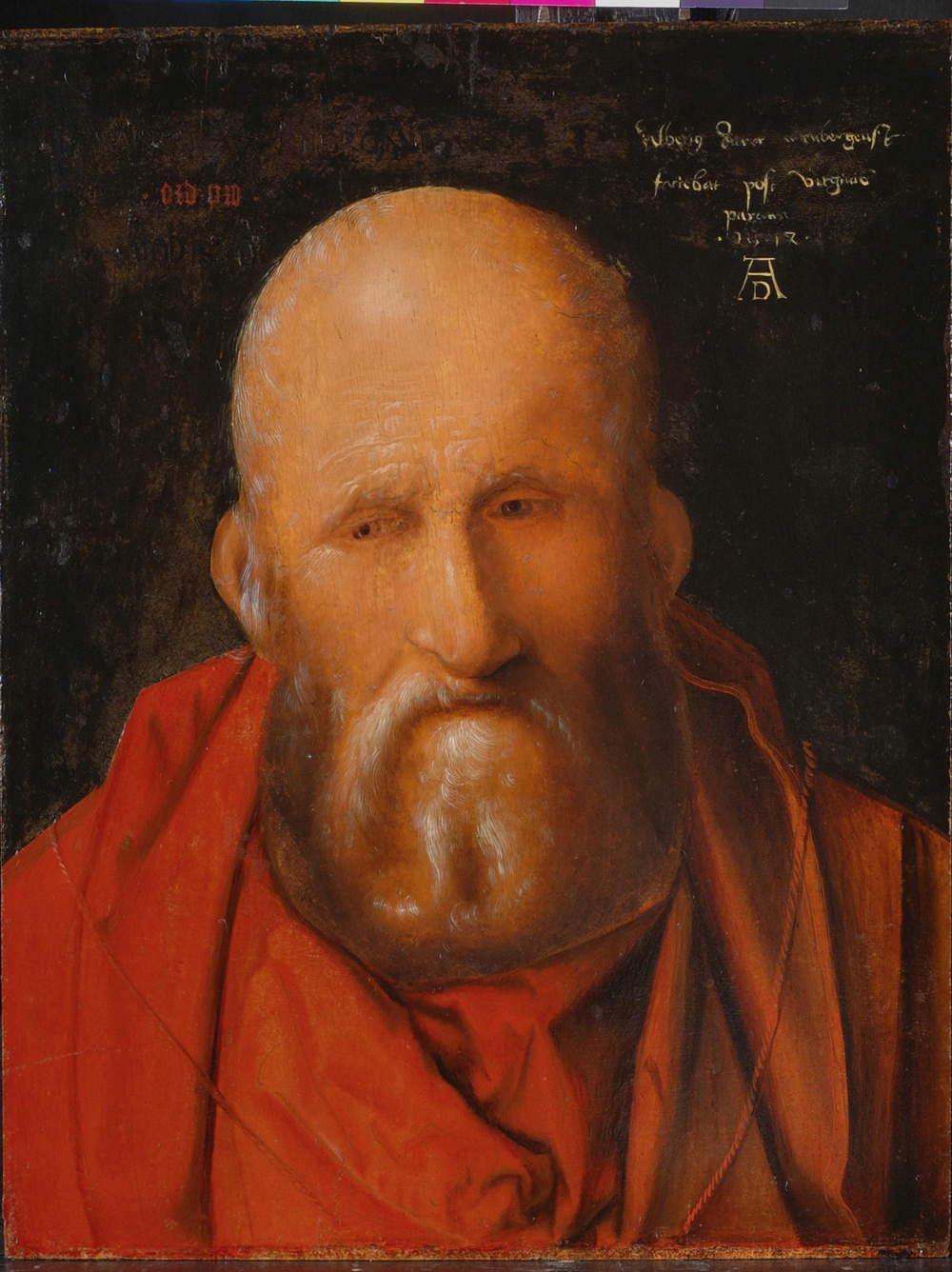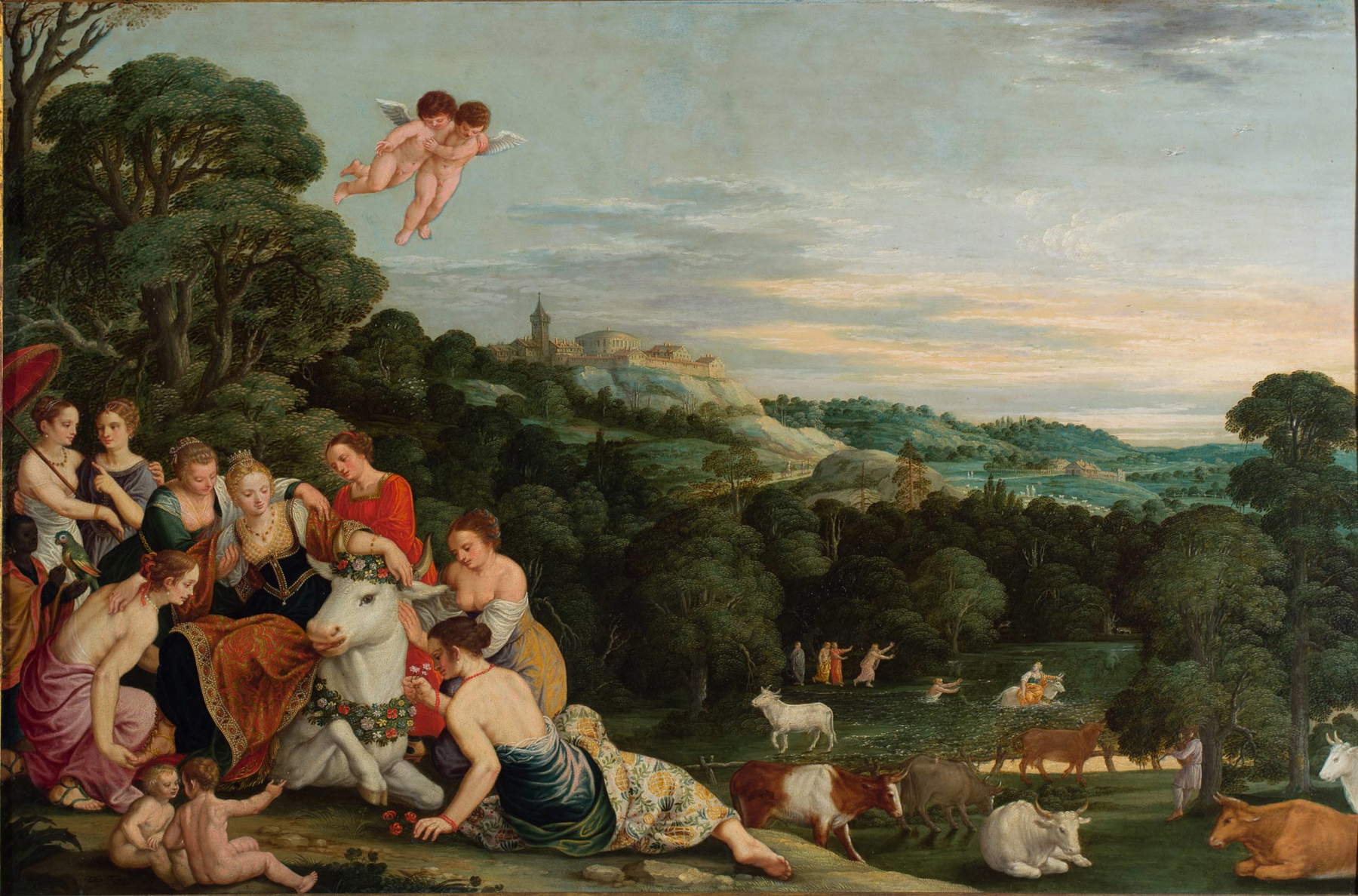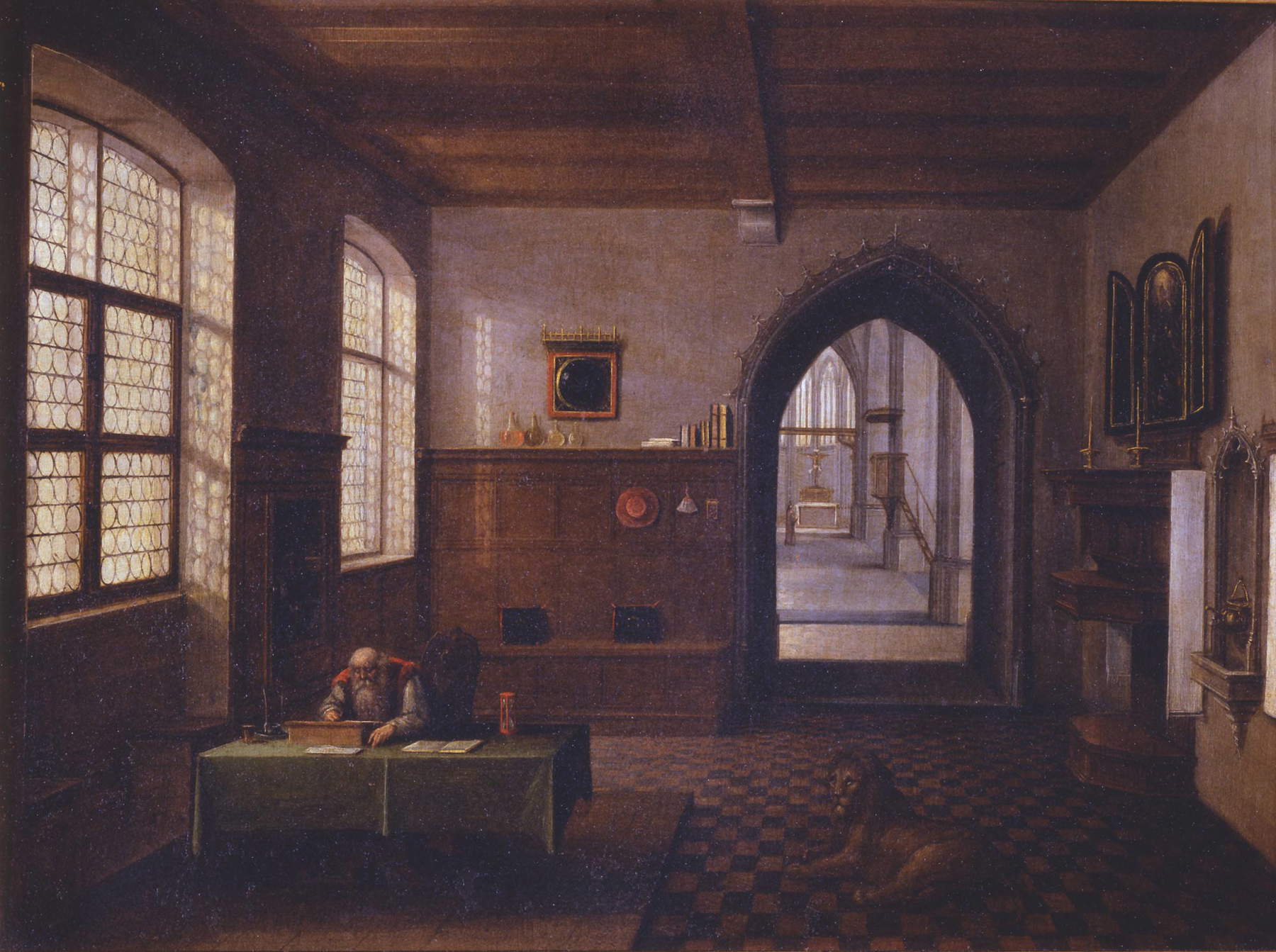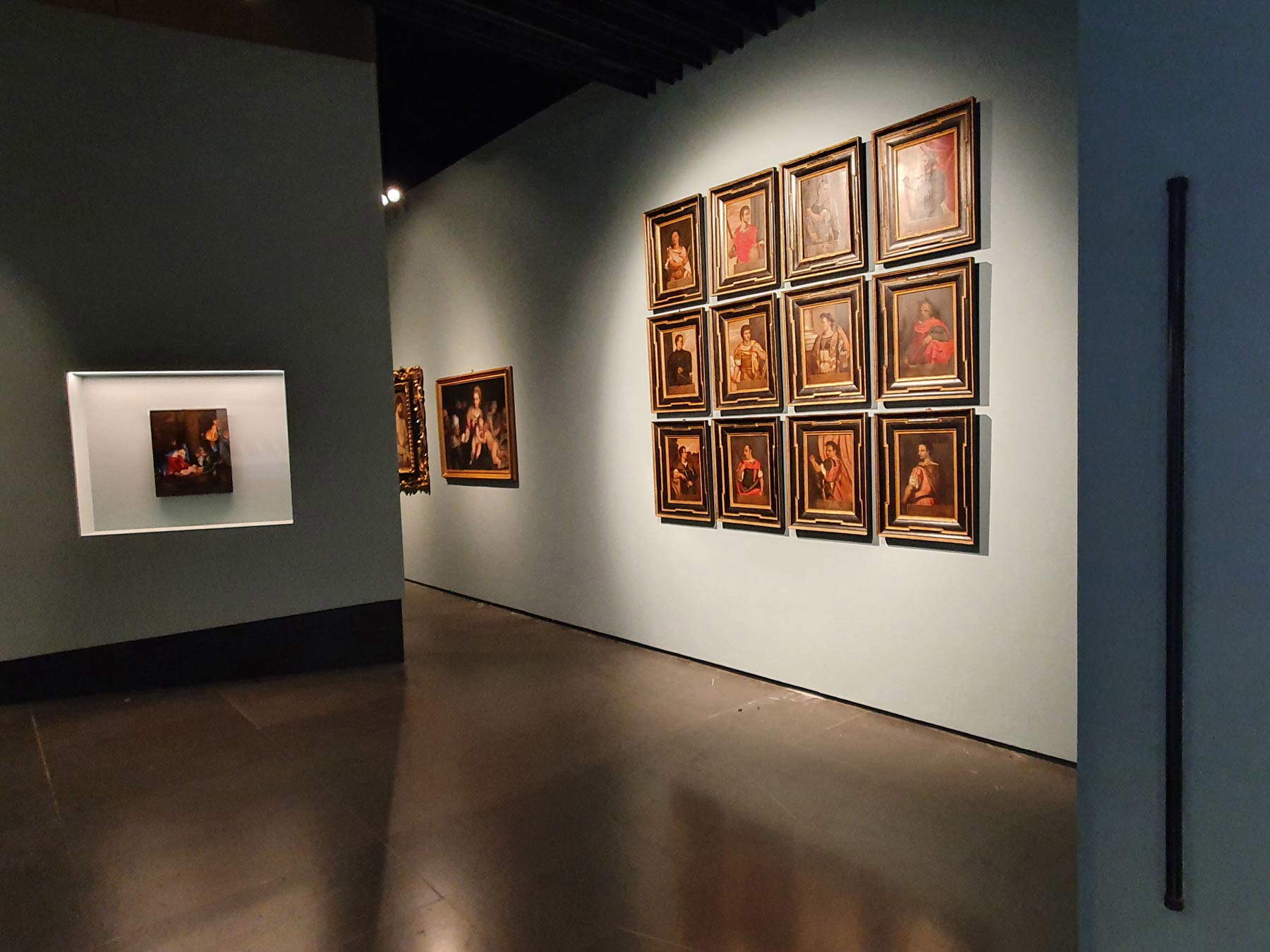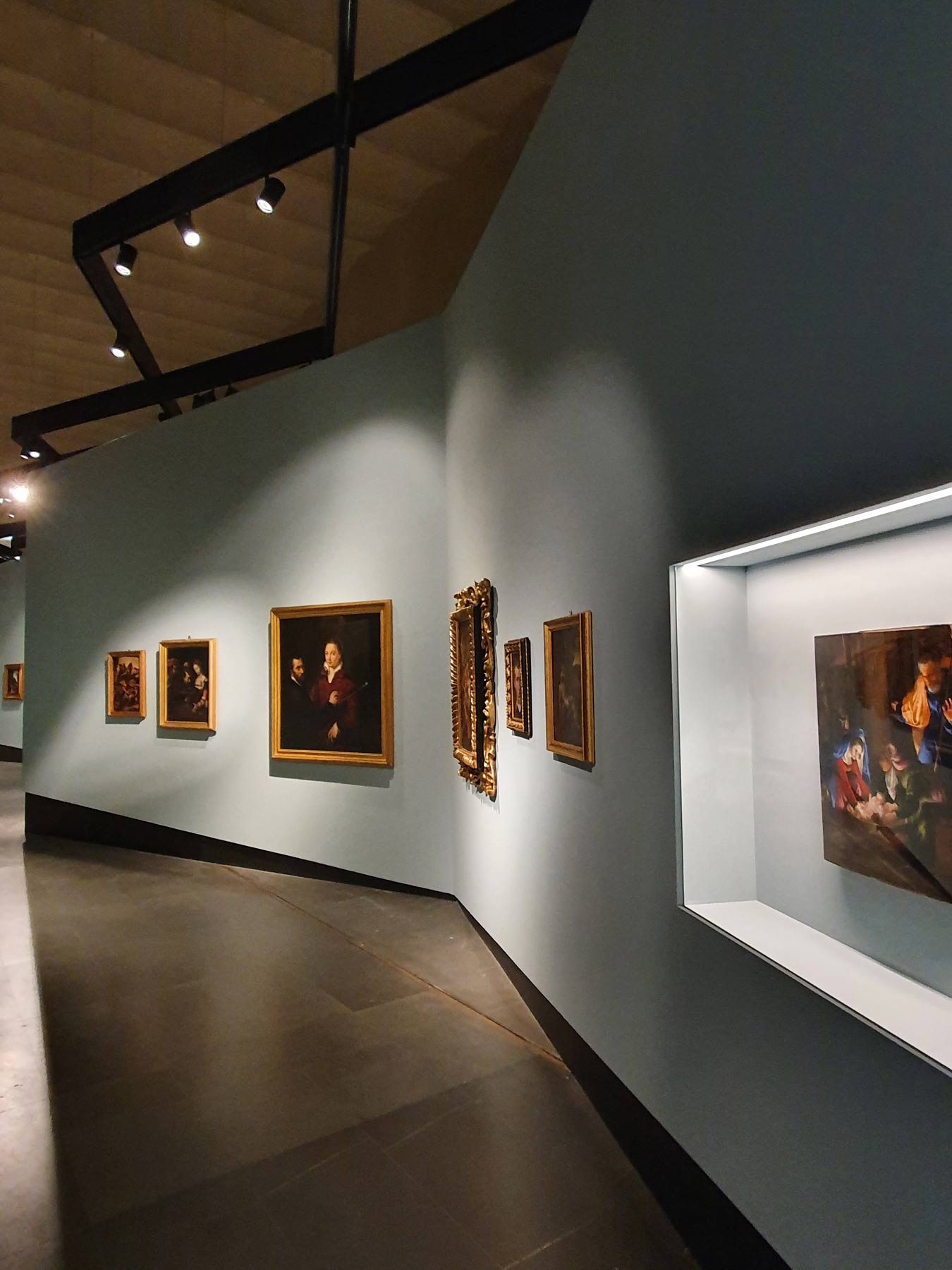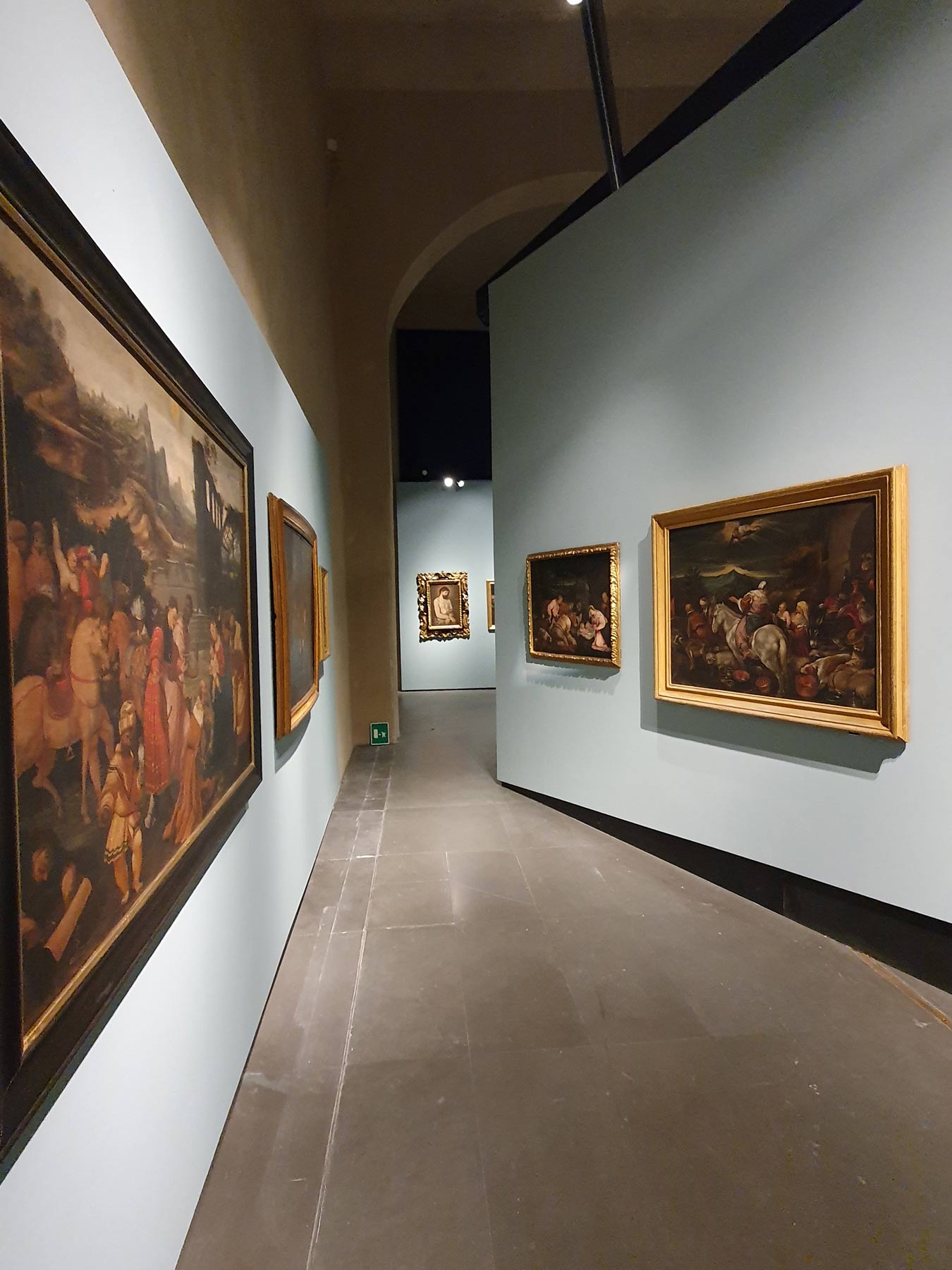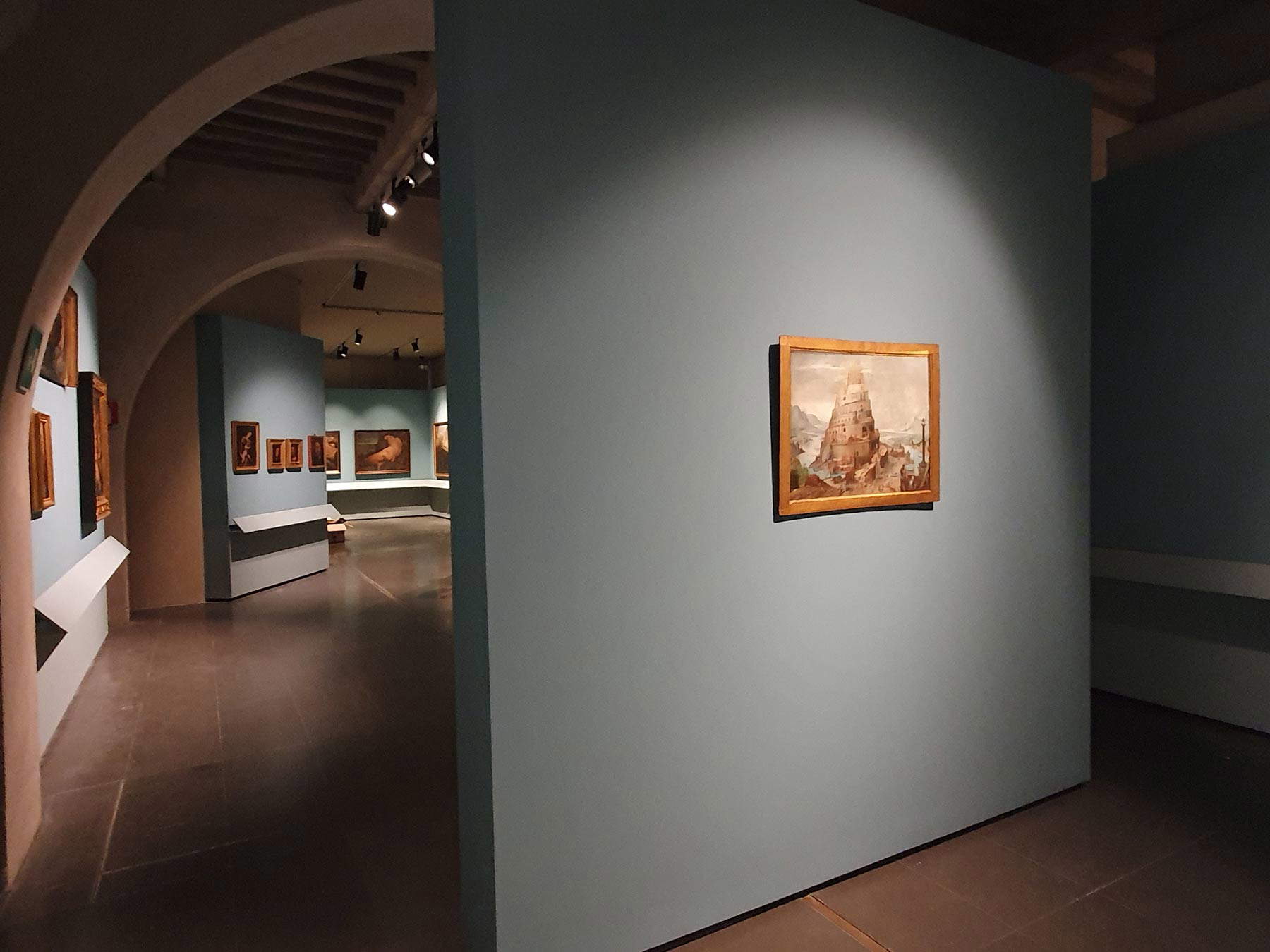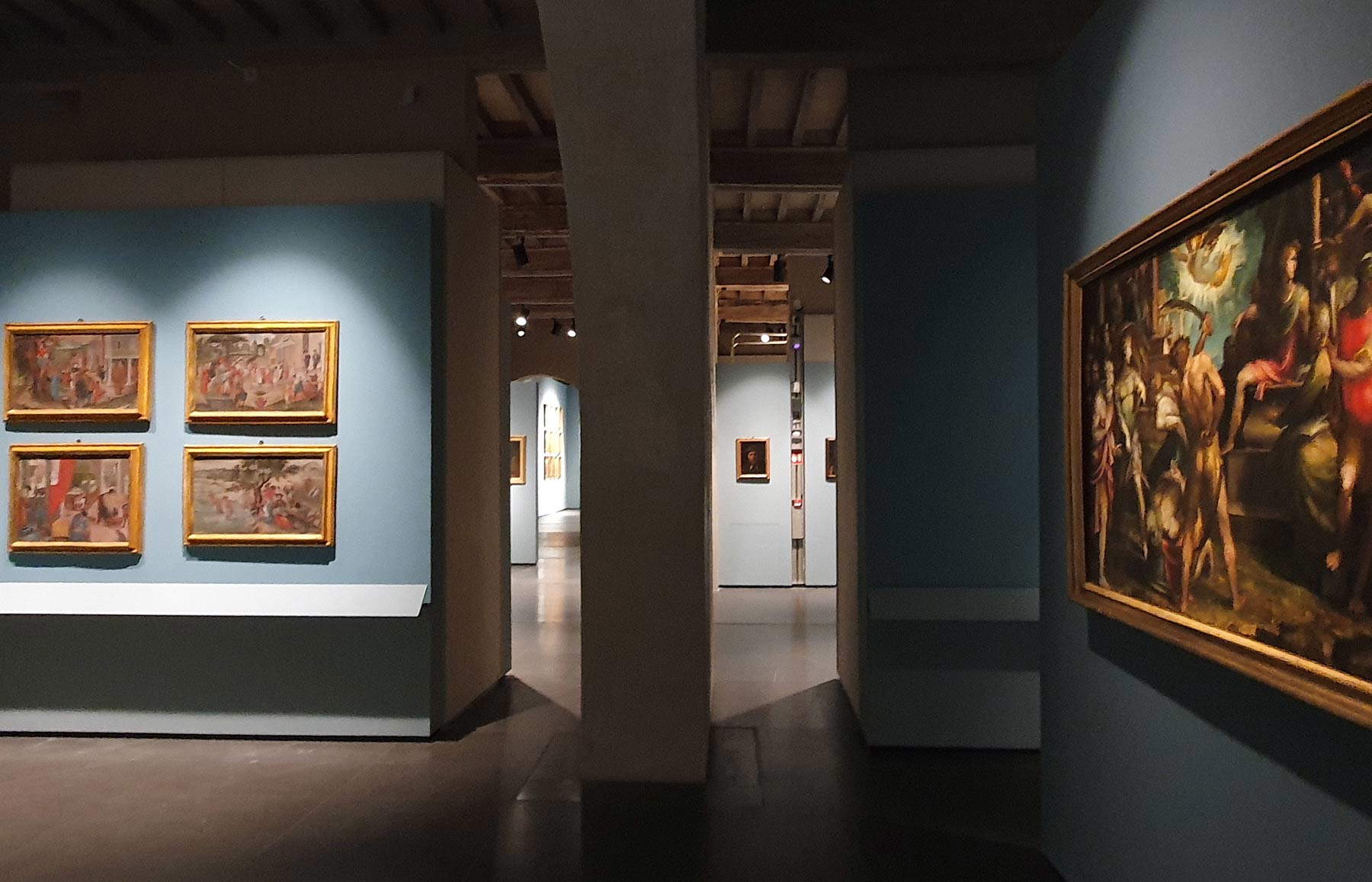by Redazione , published on 24/05/2021
Categories: News Focus
/ Disclaimer
In Siena, after years of extensive research, the Piccolomini Spannocchi collection has finally been reunited. The 165 rediscovered paintings are reunited and are on permanent display in the Santa Maria della Scala complex.
In Siena, the Piccolomini Spannocchi Collection, an ancient and prestigious Sienese collection that is permanently assembled in the halls of the fourth level of the ancient hospital attested as early as the 11th century and since 1997 has become a museum venue, is finally reunited in the halls of the Santa Maria della Scala complex. It is one of the most interesting, most fascinating but also least known collections in Siena and all of Tuscany. To find a “date of birth” of the collection we need to go back to 1774, the year of the marriage between Caterina Piccolomini di Modanella and Giuseppe Spannocchi: the union of the couple caused the Piccolomini collection to merge into the Spannocchi collection, but the origin of the two collecting nuclei has much older origins.
The most substantial nucleus is that of the Spannocchi family: their collection was arranged, since the seventeenth century, in the ten rooms on the piano nobile of Palazzo Spannocchi in Siena, near the basilica of San Domenico. At the time of Giuseppe Spannocchi’s marriage to Caterina Piccolomini di Modanella, the collection included works by Nordic and Italian masters of the 16th, 17th, and 18th centuries. The most famous names are those of Lorenzo Lotto, Sodoma, Sofonisba Anguissola, Giovanni Battista Moroni, Paris Bordon, Bernardo Strozzi, and Francesco Furini. They are joined by Domenico Beccafumi, with the series of preparatory cartoons for the floor of Siena Cathedral, part of the Spannocchi collection since the 16th century. Nordic artists, on the other hand, include Albrecht Dürer, Albrecht Altdorfer, Otto van Veen, and Pieter Snayers. Completely unusual names for a Sienese collection, which is all the more valuable for this reason as well.
 |
| Lorenzo Lotto, Nativity (Siena, Piccolomini Spannocchi Collection) |
 |
| Sofonisba Anguissola, Bernardino Campi portrays Sofonisba Anguissola (Siena, Piccolomini Spannocchi Collection) |
 |
| Paris Bordon, Annunciation (Siena, Piccolomini Spannocchi Collection) |
 |
| Marco Pino, Martyrdom of Saints John and Paul (Siena, Piccolomini Spannocchi Collection) |
 |
| Giovanni Battista Moroni, Portrait of a Young Man with a Beard (Siena, Piccolomini Spannocchi Collection) |
 |
| Alessandro Varotari known as il Padovanino, Rape of Europa (Siena, Piccolomini Spannocchi Collection) |
 |
| Bottega di Bernardo Strozzi, The Healing of Tobias (Siena, Piccolomini Spannocchi Collection) |
A large part of the works in the Piccolomini collection came from the famous "Celeste Galeria," the fabulous collection of the Gonzaga family of Mantua, which was dismembered between the third and fourth decades of the seventeenth century, first with the savage sales of Vincenzo II (the last Gonzaga to reign over Mantua), who sold a key part of the collection at ridiculous prices to Charles I of England, inflicting an initial mutilation on the Celeste Galeria, and then with the fierce looting to which the Mantuan collections were subjected in 1630, during the Sack of Mantua on July 18 of that year, a painful episode in the war of succession of Mantua and Monferrato, which opened as a result of the dispute over the Gonzaga throne after the extinction of the direct branch of the lineage. Some Gonzaga paintings had been acquired in the first half of the 17th century by the Sienese soldier Ottavio Piccolomini, who served in the imperial army with the rank of colonel at the time of the Mantua-Monferrato conflict. Octavius would later become commander of imperial troops during the Thirty Years’ War, participate in numerous battles in Germany, and, as part of the negotiations that led to the Peace of Westphalia in 1648, be among the principal diplomats who carried out the negotiations. In the War of Succession of Mantua and Monferrato of 1628-1631 he fought, as mentioned, on the side of the imperialists and against the Franco-Mantovanians: many of the works in the collection came into his possession during the Sack of Mantua. On July 18 the Ducal Palace, the main seat of the Gonzaga treasures, was also sacked and its treasures divided among the commanders of the imperial forces. The first nucleus of the collection is therefore that of Gonzaga origin, and the fact that the Piccolomini collection included many works by artists from northern Europe is explained by the commercial and cultural relations that the countries of the northern part of the continent had with Mantua.
The second nucleus is the one that originated thanks to the work of Lidovino Piccolomini di Modanella, a prelate, dignitary of the court of the Habsburgs of Austria, who later became provost of the cathedral of Trent. Lidovino, a refined and cultured collector, nurtured a strong passion for art and built up a large collection of art objects in Trent, which he took care to steadily increase throughout his life. His collection, after his death, was largely transferred from Trent to Siena (this was in the early eighteenth century). Lidovino’s collection, which in the meantime had been enriched with that of Ottavio Piccolomini, flowed into the dowry of Caterina, daughter of Antonio Piccolomini di Modanella, with whom the family branch died out. Thanks to the marriage between Caterina and Giuseppe Spannocchi, the Piccolomini collection joined the small but valuable picture collection of the groom’s family, which had been collected since the 16th century and increased over time, the third core of the collection. The precious paintings and objets d’art, scenographically set up in the apartment occupied by the couple on the occasion of the wedding, aroused the awe and admiration of every cultured visitor as evidence of exhibited family prestige. Passed by inheritance to the couple’s children, the part of the collection consisting of the celebrated picture gallery was donated in 1835 to the Sienese Civic Community and thus consigned to the public sphere. The collection, however, was dismembered in the following years, and after ups and downs the collection is now largely reassembled with the 165 paintings on display on the fourth level of the Santa Maria della Scala Museum Complex. Here, the layout reflects the stratification and richness of the collection, accompanying the visitor to discover the 165 paintings that compose it, and which will once again become a single nucleus for the first time in more than a century, since they were until now divided among the Pinacoteca Nazionale (which held 137), the Museo Civico di Siena (24), theProvincial Administration (2) and the Uffizi Galleries in Florence (2).
 |
| Lucas Cranach (workshop), Lucretia (c. 1510-1512; oil on panel, 42 x 27.7 cm; Siena, Piccolomini Spannocchi Collection) |
 |
| Abel Grimmer’s Ambit, The Tower of Babel (late 16th century-early 17th century; oil on panel, 49.9 x 66.5 cm; Siena, Piccolomini Spannocchi Collection) |
 |
| Albrecht Dürer, Saint Jerome (1514; oil on panel, 33.2 x 25.6 cm; Siena, Piccolomini Spannocchi Collection) |
 |
| Jacob Marrell, Flowers (1655; oil on copper, 36.5 x 25 cm; Siena, Piccolomini Spannocchi Collection) |
 |
| Johann Koenig, Rape of Europe (Siena, Piccolomini Spannocchi Collection) |
 |
| Hendrick van Steenwijk the Younger, Saint Jerome in the Study (Siena, Piccolomini Spannocchi Collection) |
The reunification of the collection in Santa Maria della Scala has been made possible thanks to important research that has brought to light important new information that makes it possible today, more than forty years after the first studies on the subject initiated by Anna Maria Ciaranfi and Gabriele Borghini, to have a much clearer picture of the events, the interweaving of family events, and the path from the works. The operation of reunification of the collection is accompanied by a scientific catalog, born of the need to disseminate the news that emerged from the studies and the updating of knowledge about the works, possible thanks to the contribution of experts and art historians from all over Italy. Fundamental to the research was the discovery of the Piccolomini family archive found in the castle of Modanella (near Rapolano Terme, in the Sienese countryside), which was thought to have been dispersed, and a primary role was also played by the documentary perusal that has enabled a clearer understanding of the path, far from linear, followed by the 165 works that have been recognized as part of the collection. Some, moreover, had hitherto never been placed directly in connection with the collection.
The project of reunifying the collection on the premises of Santa Maria della Scala (the prologue of which was the exhibition entitled An Ideal City. Dürer, Altdorfer and the Nordic Masters from the Spannocchi Collection in Siena) is part of the enhancement agreement signed between the Ministry of Cultural Heritage and the City of Siena in 2017, aimed at organizing and promoting from a cultural and territorial point of view the synergy between the city’s civic and state museums. The realization of the project was made possible thanks to the collaboration between the Regional Museums Directorate of Tuscany (director Stefano Casciu), the Municipality of Siena (mayor Luigi De Mossi), and the Soprintendenza Archeologia, Belle Arti e Paesaggio for the provinces of Siena, Grosseto and Arezzo (superintendent Andrea Muzzi). This is joined by the contribution of the Uffizi Gallery, with the loan granted by Director Eike Schmidt of the two works from the Piccolomini Spannocchi collection deposited there since 1913, and that of the Provincial Administration (President Silvio Franceschelli) with the concession of the two works still preserved in its premises. The scientific care of the project and of the catalog, published by Pacini Editore, was entrusted to Cristina Gnoni Mavarelli, Anna Maria Guiducci, Maria Mangiavacchi, Elena Pinzauti, Veronica Randon, Felicia Rotundo, and Francesca Scialla, who were part with Roberta Mari, Debora Barbagli, and Caterina Biagini of the working group that has been following the project for more than two years. The new director of the Pinacoteca di Siena Elena Rossoni contributed to the final phase of the organization. The layout was designed by the Andrea Milani Architectural Studio and is made by EXIBIZ DIVISIONE EFB SRL of Perugia.
 |
| Layout of the Piccolomini Spannocchi Collection in the Santa Maria della Scala complex in Siena |
 |
| Layout of the Piccolomini Spannocchi Collection in the Santa Maria della Scala complex in Siena |
 |
| Layout of the Piccolomini Spannocchi Collection in the complex of Santa Maria della Scala in Siena |
 |
| Layout of the Piccolomini Spannocchi Collection in the Santa Maria della Scala complex in Siena |
 |
| Layout of the Piccolomini Spannocchi Collection in the complex of Santa Maria della Scala in Siena |
Warning: the translation into English of the original Italian article was created using automatic tools.
We undertake to review all articles, but we do not guarantee the total absence of inaccuracies in the translation due to the program. You can
find the original by clicking on the ITA button. If you find any mistake,please contact us.
